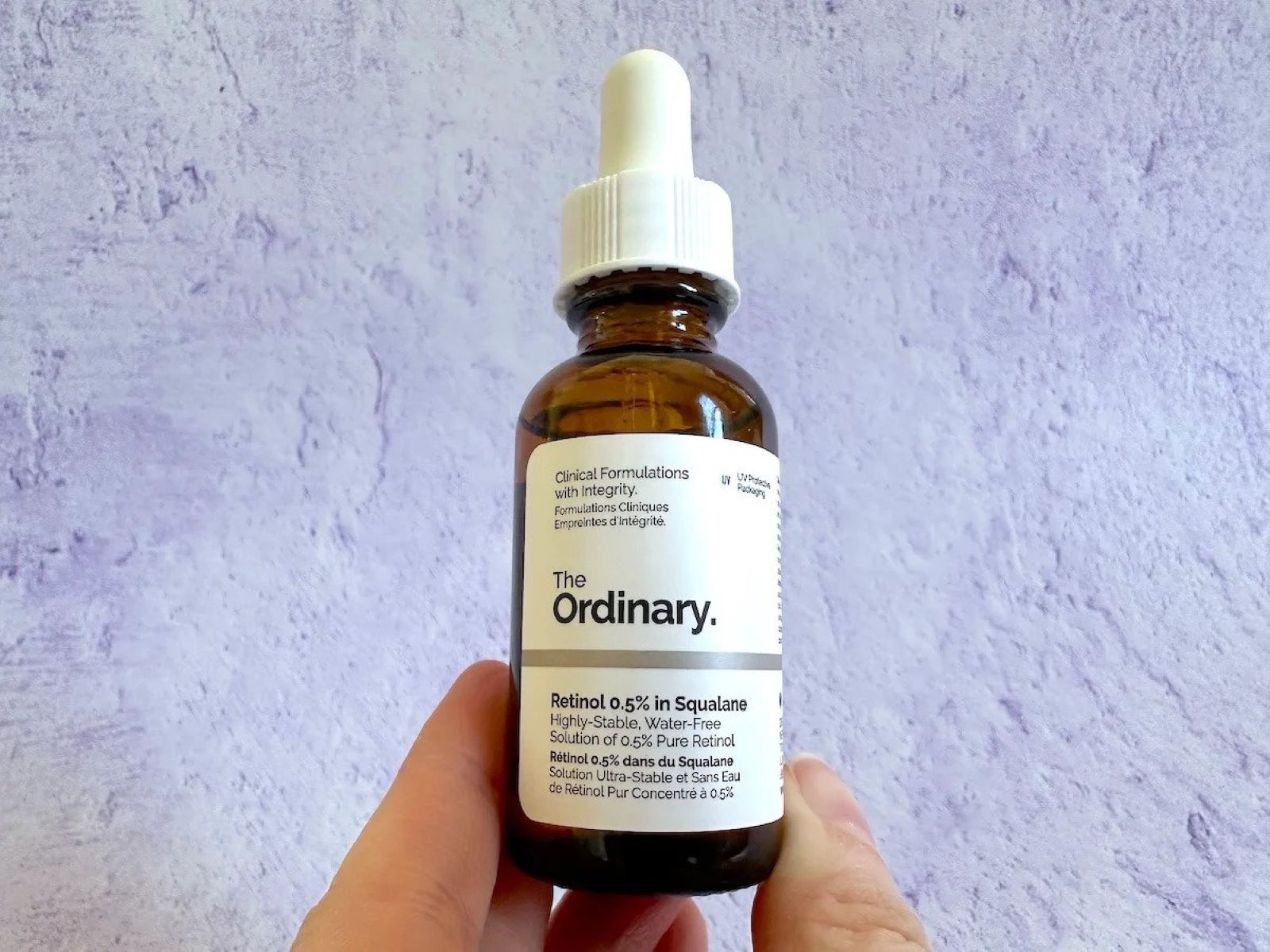

Articles
How To Store Retinol
Modified: February 7, 2024
Discover the best way to store retinol articles and maximize their effectiveness. Protect your investment and extend the shelf life with these simple tips.
(Many of the links in this article redirect to a specific reviewed product. Your purchase of these products through affiliate links helps to generate commission for Storables.com, at no extra cost. Learn more)
Introduction
Retinol, a form of vitamin A, has gained popularity in recent years for its numerous skin benefits. It is widely used in skincare products for its ability to improve the appearance of fine lines, wrinkles, and uneven skin tone. However, to ensure the effectiveness and longevity of retinol, proper storage is crucial.
In this article, we will explore the factors affecting retinol storage and provide practical tips on how to store retinol to maintain its potency. By following these guidelines, you can maximize the benefits of this skincare ingredient and ensure its longevity.
So, let’s dive into the fascinating world of retinol storage and uncover the secrets to keeping this powerful ingredient at its best.
Key Takeaways:
- Proper storage of retinol is crucial to maintain its potency and effectiveness. Factors such as light exposure, temperature, and air can impact its stability, so follow recommended storage conditions to maximize its benefits.
- When disposing of expired retinol products, ensure responsible disposal by following local regulations. Avoid flushing them down the drain and consider repurposing if appropriate. Responsible disposal protects the environment and human health.
Read more: How To Store Store-Bought Bread
Understanding Retinol
Before we delve into the intricacies of storing retinol, it’s essential to have a basic understanding of what this powerful ingredient is.
Retinol is a derivative of vitamin A and belongs to the group of compounds known as retinoids. It is a popular ingredient in skincare products due to its ability to promote cell turnover, stimulate collagen production, and reduce the appearance of wrinkles and fine lines.
When applied topically, retinol penetrates the upper layers of the skin and converts into retinoic acid, the active form of vitamin A. This conversion process is crucial for retinol to exert its beneficial effects on the skin.
However, retinol is a sensitive molecule that can degrade easily when exposed to certain environmental factors. Therefore, proper storage is essential to preserve its potency and effectiveness.
Next, let’s explore the factors that can affect retinol storage and understand why they are important to consider.
Factors Affecting Retinol Storage
Several factors can impact the stability and effectiveness of retinol when it comes to storage. Understanding these factors will help you establish the optimal conditions for preserving the potency of your retinol products. Let’s take a closer look at these factors:
- Light exposure: Retinol is sensitive to light, particularly UV rays. Prolonged or direct exposure to light can lead to the degradation of retinol, reducing its effectiveness. Therefore, it is crucial to store retinol products in opaque or dark-colored containers that can block out light.
- Air exposure: Oxygen can also impact the stability of retinol. Exposure to air can cause oxidation, leading to degradation and loss of potency. It is recommended to choose packaging that minimizes air exposure, such as pump bottles or tubes with tight caps.
- Temperature: Retinol is sensitive to temperature extremes. High temperatures can accelerate the breakdown of retinol, while extremely low temperatures can also compromise its stability. It is best to store retinol products in a cool, dry place away from direct heat or sunlight.
- Moisture: Moisture can cause retinol products to degrade and lose their effectiveness. It is important to keep retinol products in dry environments to prevent moisture absorption. Avoid storing them in humid areas like the bathroom.
- Contamination: Proper hygiene is essential when it comes to storing retinol. Always ensure that your hands are clean before handling retinol products to avoid introducing bacteria or contaminants that could compromise their stability.
By taking these factors into consideration, you can ensure that your retinol products stay potent and effective for a longer period of time. In the next section, we will explore the recommended storage conditions for retinol.
Recommended Storage Conditions
To ensure the longevity and effectiveness of your retinol products, it is important to store them under the right conditions. Here are some recommended storage conditions for retinol:
- Cool temperature: Retinol should be stored in a cool environment, ideally between 59-77°F (15-25°C). Avoid storing it in areas prone to temperature fluctuations, such as near windows or heating vents.
- Dark or opaque container: Light exposure can degrade retinol, so it is best to store retinol products in dark or opaque containers that can block out light. Alternatively, you can place the original product packaging in a drawer or cabinet to shield it from direct light.
- Dry environment: Moisture can compromise the stability of retinol, so it is important to store retinol products in a dry environment. Avoid storing them in humid areas like the bathroom. Additionally, make sure the product packaging is properly sealed to prevent moisture from entering.
- Avoid extreme temperatures: Exposure to extreme temperatures can degrade retinol. Keep your retinol products away from direct sunlight and heat sources, such as radiators or hot water pipes.
- Properly sealed: Ensure that the packaging of your retinol products is tightly sealed after each use. This will minimize air exposure and prevent oxidation, helping to maintain the potency of the retinol.
By following these recommended storage conditions, you can help prolong the shelf life and effectiveness of your retinol products. However, storing retinol in its original packaging is often the best option to maintain its stability, as we will explore in the next section.
Storing Retinol in Its Original Packaging
When it comes to storing retinol, keeping it in its original packaging is often the best choice. The manufacturers design the packaging to protect the product and maintain its stability. Here are some reasons why storing retinol in its original packaging is recommended:
- Protection from light: Most retinol products come in opaque or dark-colored packaging that is designed to shield the product from light. This helps prevent light-induced degradation and ensures the stability of the retinol.
- Minimize air exposure: The original packaging of retinol products is often designed to minimize air exposure. Tubes or pump bottles can help prevent air from entering the product, reducing the risk of oxidation and maintaining the potency of the retinol.
- Preserve product integrity: The original packaging is specifically chosen to protect the quality and integrity of the retinol product. By storing the product in its original packaging, you can ensure that it remains uncontaminated and maintains its effectiveness.
- Convenience and ease of use: Storing retinol in its original packaging allows for easy and convenient application. The packaging is designed for precise and controlled dispensing, making it simple to incorporate retinol into your skincare routine.
- Prevent mixing with incompatible substances: Storing retinol in its original packaging helps prevent it from coming into contact with incompatible substances. It reduces the risk of chemical reactions that could compromise the stability and effectiveness of the retinol.
By storing retinol in its original packaging, you can ensure that it remains potent and effective for a longer period. However, if the original packaging is not practical or if you have multiple retinol products, alternative storage containers can also be used, which we will discuss in the next section.
Store retinol in a cool, dark place away from direct sunlight and heat to prevent it from breaking down and losing its effectiveness. A medicine cabinet or a drawer is a good option.
Read more: How To Store Basil From Grocery Store
Alternative Storage Containers for Retinol
While storing retinol in its original packaging is ideal, there may be instances where alternative storage containers are more practical or necessary. Here are some options for alternative storage containers for retinol:
- Airless pump bottles: Airless pump bottles are a popular choice for storing retinol products. They work by utilizing a vacuum system to dispense the product without allowing air to enter. This helps to protect the retinol from oxidation and maintain its potency.
- Amber glass containers: Amber glass containers are another good option for storing retinol. Glass provides a higher level of protection against light and air compared to plastic. Amber glass, in particular, offers extra protection against light, helping to preserve the stability of the retinol.
- Opaque plastic containers: If using plastic containers, opt for dark or opaque plastic rather than clear plastic. Opaque containers can provide some degree of protection against light, reducing the risk of light-induced degradation.
- Squeeze tubes: Squeeze tubes can be a practical option for storing retinol, especially for creams or gels. These tubes allow for controlled dispensing and provide a barrier against air and light, helping to maintain the potency of the retinol.
- Travel-sized containers: If you need to transfer a small amount of retinol for travel or convenience, consider using travel-sized containers. Make sure these containers are clean, dry, and tightly sealed to prevent contamination and maintain the stability of the retinol.
When using alternative storage containers, it is important to ensure that they are clean, dry, and able to provide adequate protection against light, air, and moisture. Always label these containers to avoid confusion and keep track of expiration dates.
Remember, regardless of the storage container used, it is essential to follow the recommended storage conditions and avoid exposing the retinol to extreme temperatures or moisture.
By using appropriate alternative storage containers, you can maintain the potency and effectiveness of your retinol products. However, it is important to be aware of common mistakes to avoid when storing retinol, which will be discussed in the next section.
Avoiding Common Mistakes in Retinol Storage
Proper storage of retinol is essential to maintain its potency and effectiveness. To avoid compromising the quality of your retinol products, here are some common mistakes you should avoid when it comes to retinol storage:
- Exposing retinol to light: Light exposure can lead to the degradation of retinol. Avoid leaving retinol products in direct sunlight or storing them in transparent containers that allow light to penetrate. Instead, choose opaque or dark-colored containers to protect the retinol from light.
- Storing retinol in warm environments: High temperatures can accelerate the breakdown of retinol. Avoid storing retinol products in areas prone to heat, such as near radiators or in the bathroom. Instead, opt for a cool and dry location to extend the shelf life of your retinol products.
- Leaving the container uncapped: Exposure to air can cause retinol to degrade. Always make sure to tightly seal the container after each use to minimize air exposure. This will help keep the retinol product fresh and effective for a longer period.
- Storing retinol in the refrigerator: While it is important to keep retinol away from extreme temperatures, storing it in the refrigerator is not ideal. The fluctuating temperatures inside a refrigerator can actually compromise the stability of retinol. Stick to storing retinol in a cool, dry place away from temperature extremes.
- Transferring retinol to non-compatible containers: When using alternative storage containers, make sure they are suitable for storing retinol. Avoid using containers that are made of materials that may react with retinol or allow for excessive air or light exposure. Stick to containers specifically designed for skincare products.
- Not checking expiration dates: Retinol products have a shelf life, and using expired products may not yield optimal results. Always check the expiration date on the packaging and discard any retinol products that have gone past their expiry date. Using expired retinol can be ineffective and potentially irritating to the skin.
By avoiding these common mistakes, you can ensure that your retinol products remain potent and effective for a longer period. However, even with proper storage, retinol products do have a limited shelf life. In the next section, we will discuss ways to extend the shelf life of retinol.
Extending Retinol Shelf Life
Retinol products have a limited shelf life due to their sensitivity to various environmental factors. However, there are steps you can take to extend the shelf life of your retinol and ensure its effectiveness for a longer period:
- Store in a cool, dry place: As mentioned earlier, storing retinol in a cool, dry area away from direct heat or sunlight is crucial. Exposing retinol to high temperatures can accelerate its degradation, so maintaining a stable temperature will help prolong its shelf life.
- Use clean hands or applicators: When using retinol products, make sure your hands are clean before applying or using any tools or applicators. This will help prevent the introduction of bacteria or contaminants that could compromise the stability of the retinol.
- Seal the container tightly: After each use, ensure that the container of your retinol product is tightly sealed. Minimizing air exposure helps prevent oxidation and maintain the potency of the retinol for a longer period.
- Monitor expiration dates: Keep track of the expiration dates of your retinol products. Using expired retinol may not be as effective and could potentially cause skin irritation. Discard any retinol products that have expired and replace them with fresh ones.
- Avoid contamination: Take precautions to prevent contamination of your retinol products. Avoid touching the product directly with your fingers and use clean tools or applicators instead. This will help keep the retinol free from contaminating agents that could impact its stability.
- Use products consistently: Regular use of retinol can help maintain its effectiveness over time. Consistency in applying retinol according to the recommended usage instructions can yield better results and ensure that the retinol does not lose its efficacy.
By following these tips, you can help extend the shelf life of your retinol products and maximize their effectiveness. However, it’s important to note that retinol products do have a finite shelf life, and it is essential to pay attention to any changes in texture, smell, or color, as this may indicate that the product has gone bad and should be discarded.
Now that we have covered how to extend the shelf life of retinol, let’s move on to the proper disposal of expired retinol products in the next section.
Proper Disposal of Expired Retinol Products
When retinol products reach their expiration date or have become expired, it is important to dispose of them properly. Improper disposal can have negative environmental impacts and can potentially lead to contamination. Here are some guidelines for the proper disposal of expired retinol products:
- Check local regulations: Before disposing of any skincare products, including expired retinol, it is essential to check the local regulations regarding hazardous waste disposal. Different areas may have specific guidelines or designated collection centers for disposing of skincare products.
- Remove product labels: To prevent confusion or misuse, remove or scratch off any labels or markings from the container of the expired retinol product. This will help ensure that the product is not accidentally used after its expiry date.
- Separate packaging materials: Disassemble or separate the packaging materials of the expired retinol product. This includes separating plastic components, glass containers, and any other recyclable materials. Follow local recycling guidelines for appropriate disposal methods.
- Discard in accordance with regulations: Depending on your local regulations, you may need to dispose of expired retinol in specific containers or designated waste collection sites. Some areas may have household hazardous waste disposal programs where you can safely and responsibly dispose of expired skincare products.
- Avoid flushing down the drain: It is important to note that skincare products, including retinol, should not be flushed down the drain or toilet. This can lead to water pollution and environmental harm. Always follow proper disposal methods to minimize any negative impact.
- Consider repurposing or upcycling: If the expired retinol product is still in its original packaging and has not exceeded the expiration date by a significant margin, consider repurposing it for non-skin-related use. However, exercise caution and ensure that repurposing the product will not pose any health risks.
Following these guidelines will help ensure that expired retinol products are disposed of responsibly, minimizing potential harm to the environment and human health.
Remember, it is important to always check and follow your local regulations for the proper disposal of expired skincare products, including retinol.
Now that you know how to properly dispose of expired retinol products, let’s conclude our article on how to store retinol.
Read more: How To Store Jordans
Conclusion
Proper storage of retinol is essential to maintain its effectiveness and maximize its shelf life. By understanding the factors that can affect retinol storage and following the recommended storage conditions, you can ensure that your retinol products remain potent and provide the desired results.
Storing retinol in its original packaging is often the best option, as manufacturers design the packaging to protect the product from light, air, and moisture. However, if alternative storage containers are necessary, choose options that provide adequate protection and minimize exposure to detrimental factors.
Avoiding common mistakes such as light exposure, improper temperature storage, and not tightly sealing the containers can significantly impact the stability and effectiveness of retinol. Being mindful of these mistakes will help ensure that your retinol products retain their potency and efficacy for longer.
When retinol products reach their expiration date, it is important to dispose of them properly. Follow local regulations and guidelines for the disposal of skincare products, and avoid flushing them down the drain or throwing them in regular trash. Responsible disposal helps protect the environment and prevent potential contamination.
By following these guidelines for retinol storage and disposal, you can optimize the benefits of this powerful skincare ingredient. Remember to check the expiration dates and regularly assess the quality of your retinol products to ensure optimal efficacy.
Now that you are equipped with the knowledge of how to store and handle retinol, you can confidently incorporate this skincare ingredient into your regimen and enjoy its remarkable benefits for healthier and more radiant skin.
Frequently Asked Questions about How To Store Retinol
Was this page helpful?
At Storables.com, we guarantee accurate and reliable information. Our content, validated by Expert Board Contributors, is crafted following stringent Editorial Policies. We're committed to providing you with well-researched, expert-backed insights for all your informational needs.



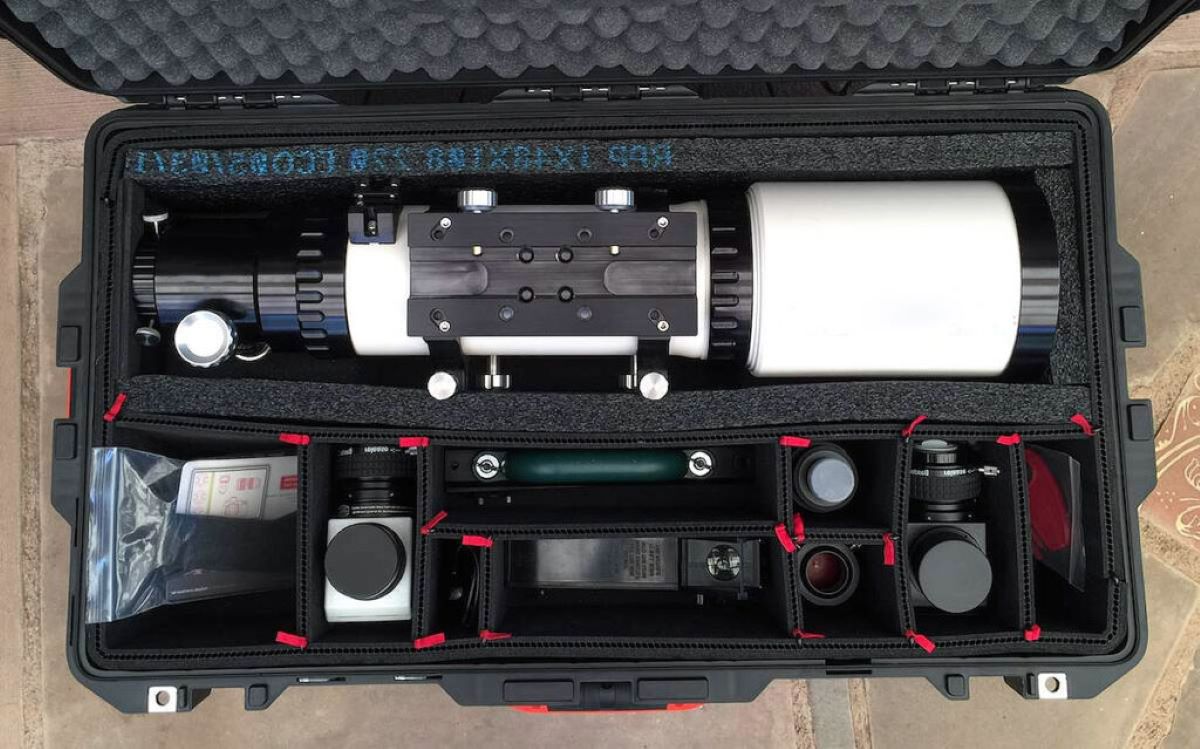
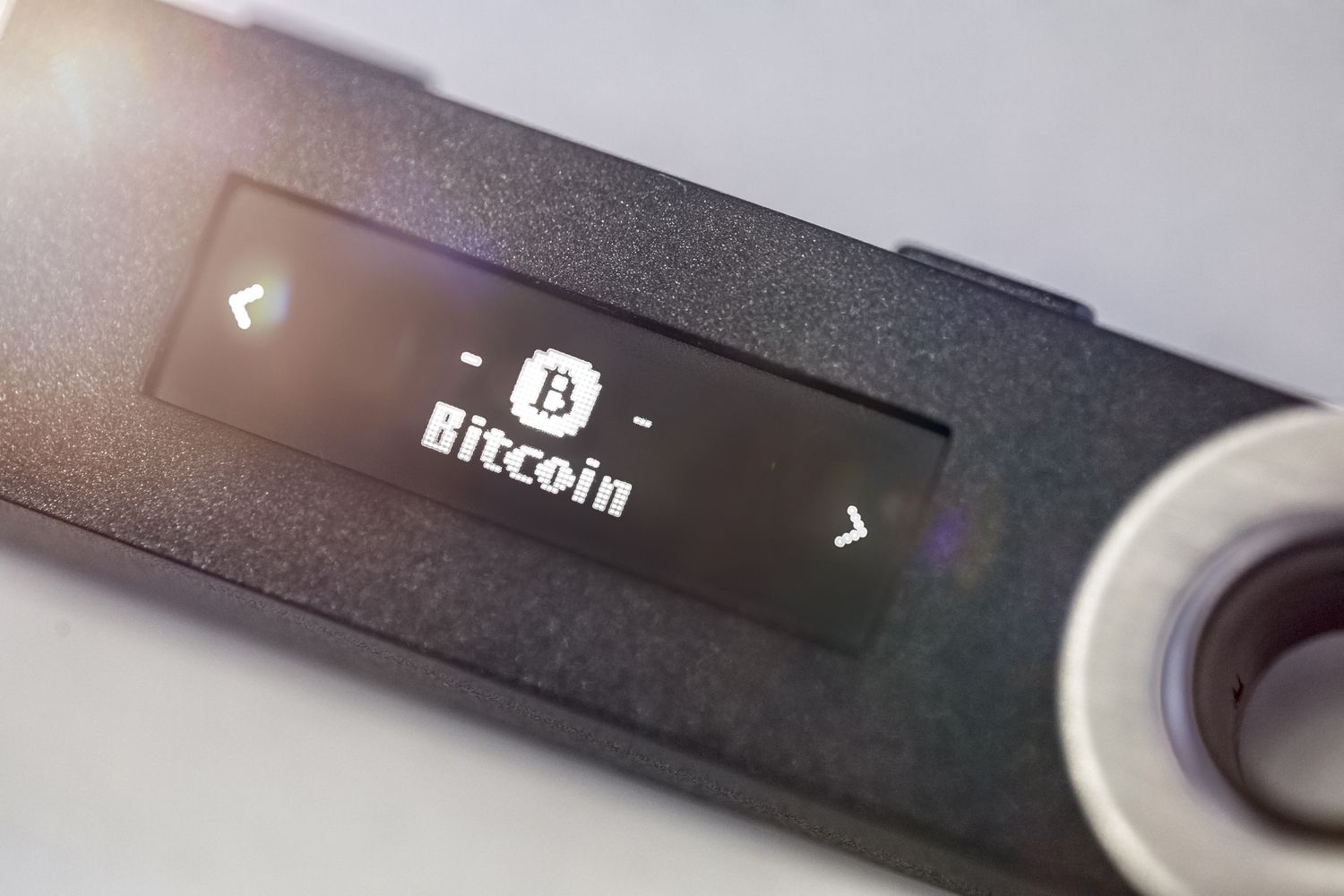

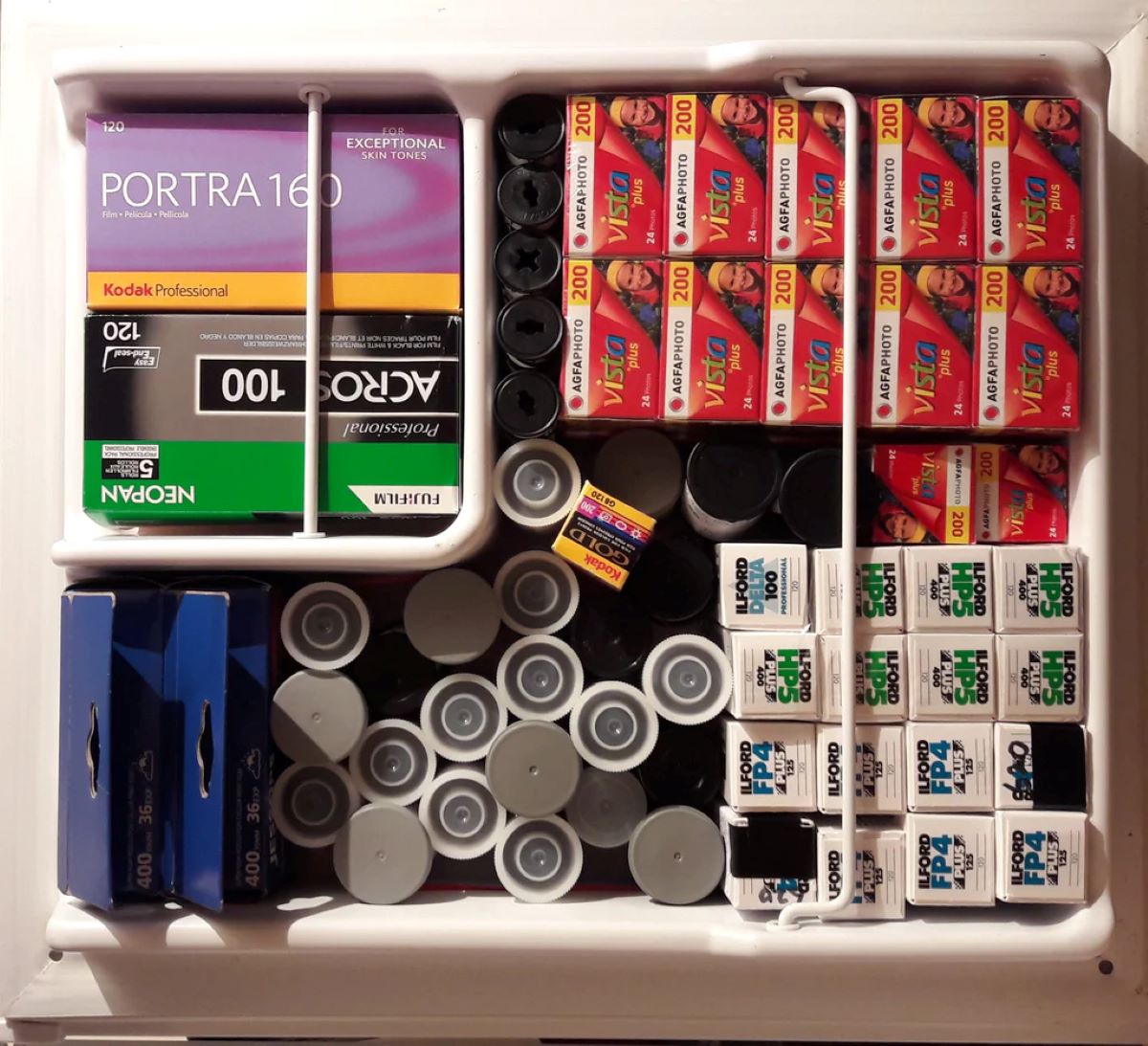




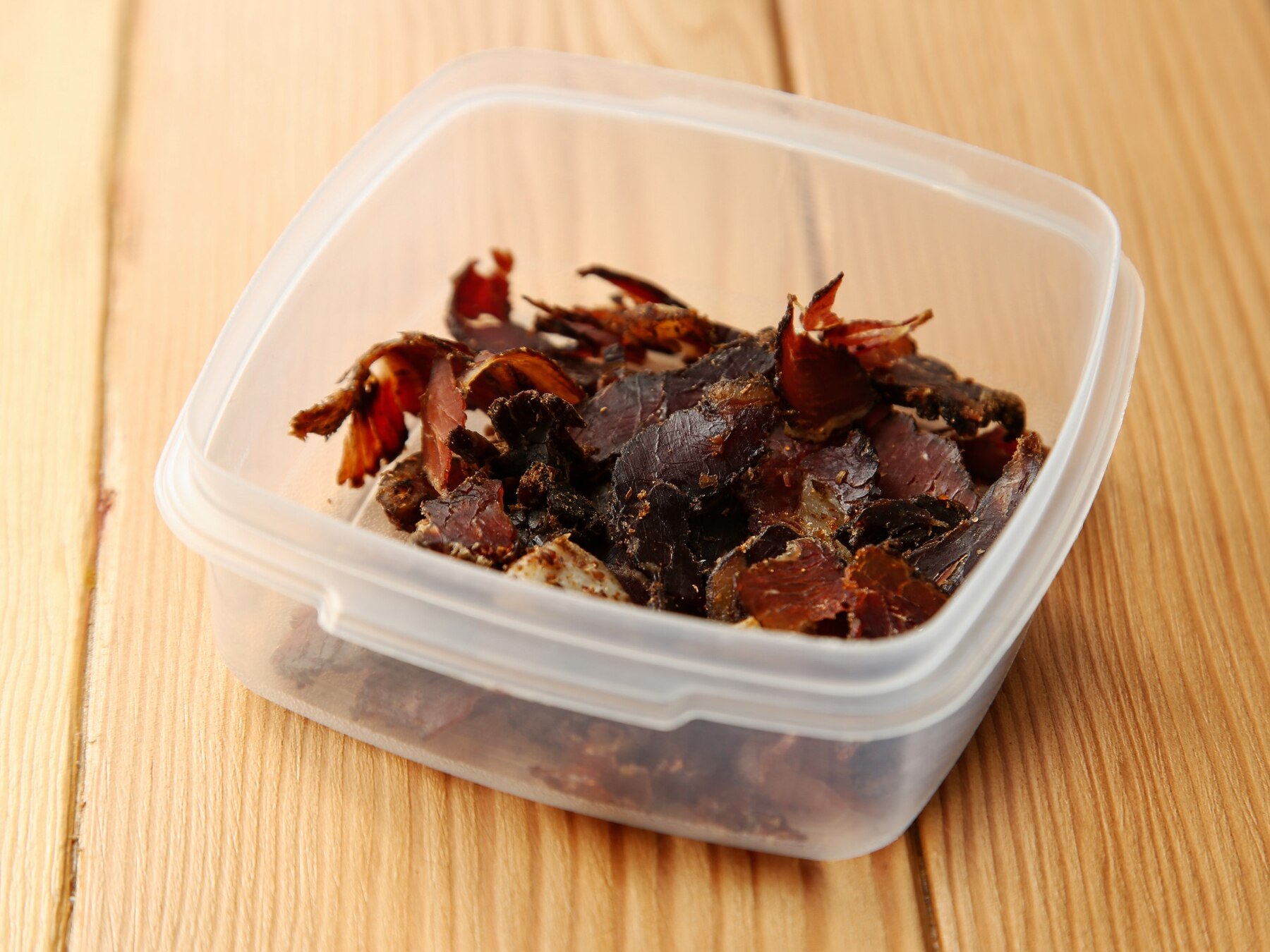


0 thoughts on “How To Store Retinol”